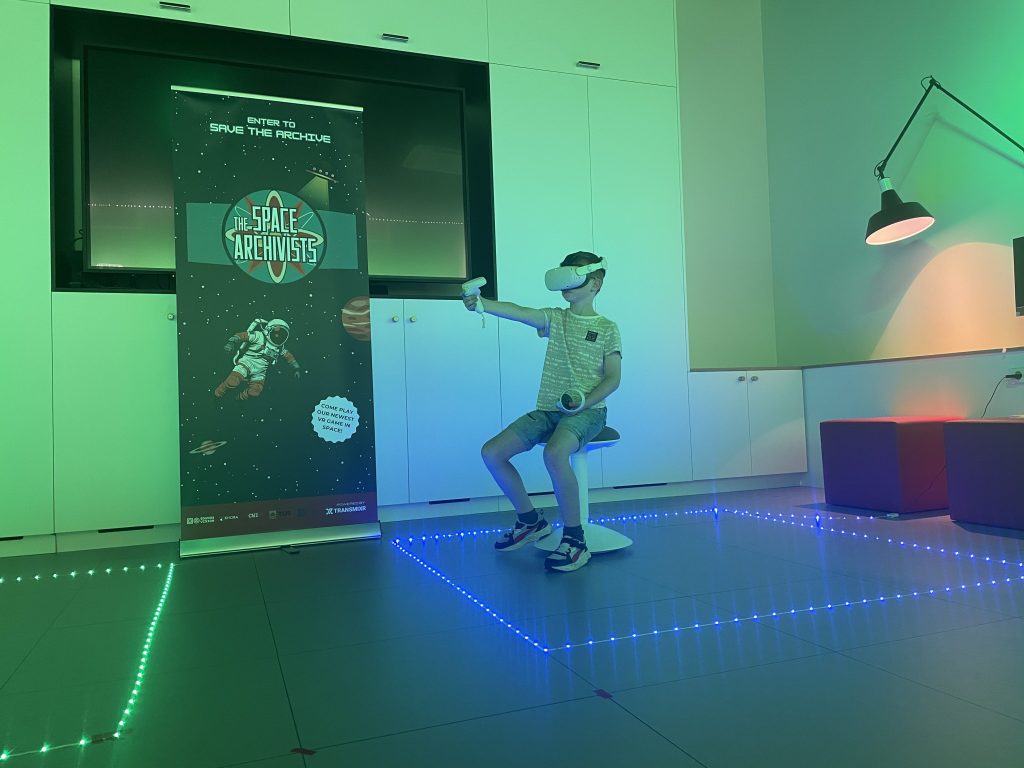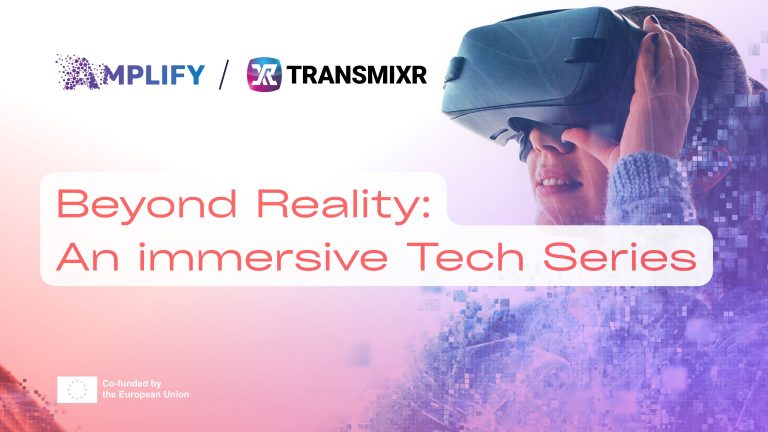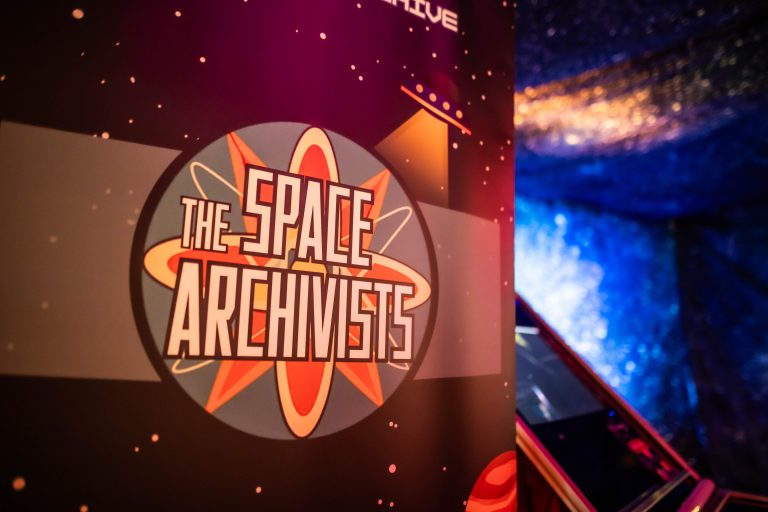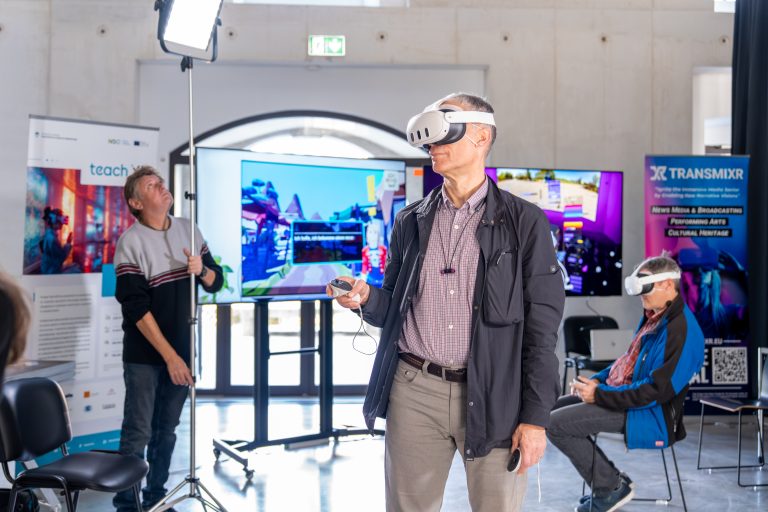The adoption of eXtended Reality (XR) in the cultural heritage field faces several challenges: XR experiences are often developed as one-off installations that require significant financial resources, and designing them in an engaging, child friendly way is not an easy task. Our new Social VR game, The Space Archivists, is a templateable multiplayer game that can be reused with different archival material over and over again. This way, the financial barriers are lowered, but is it actually meaningful to players? In June 2025, we set out to test its social impact.
Designing The Space Archivists: A Social VR game
One of the biggest opportunities XR holds over traditional experiences is Social VR; the ability for multiple visitors to share and interact with one another in real-time in the same virtual space. Social VR allows visitors to have meaningful shared learning experiences and collaboration moments.
Asking, ‘how can we design a VR experience for children that allows them to meaningfully interact with cultural heritage media?’ we designed The Space Archivists, a game that allows children to interact with cultural heritage media and metadata. Our work was informed by several workshops with cultural heritage professionals and children over the past two years. The game allows up to four visitors to play together, creating a shared and educational immersive experience that moves beyond the standard virtual museum tour.
The setting: In a futuristic sci-fi scenario, an archive filled with media items (which can be changed by museum curators over and over) has been sent to space to preserve the memories of humanity. But the items got all mixed up in a meteorite storm! In order to fix the archive, players must match memory cards containing media items with their correct server categories. In order to save the archive, children must collaborate, and learn about history and cultural heritage by interacting with the media items. After the game was built, we set out to test it.
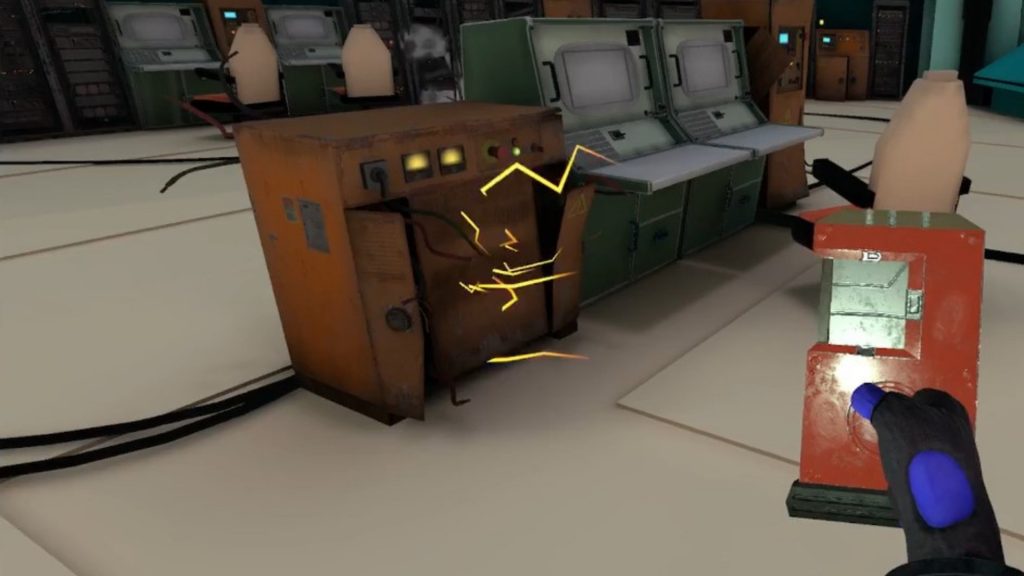
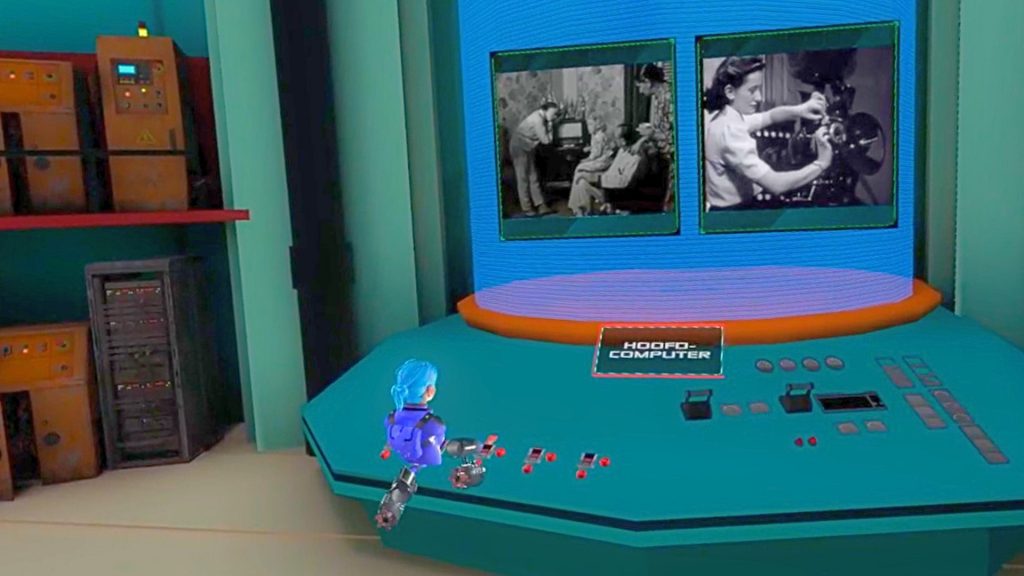
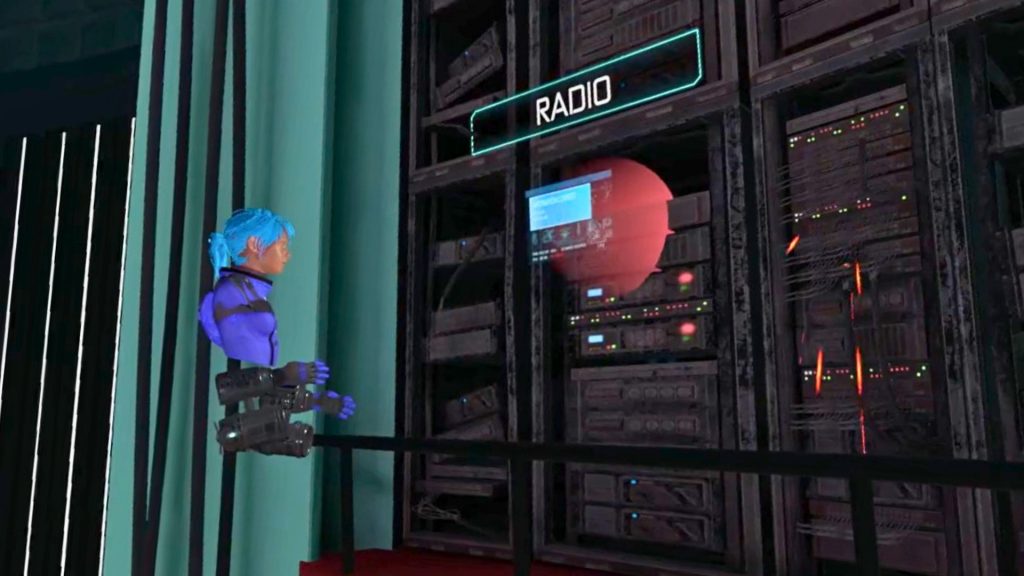
Caption: The gameplay of The Space Archivists – finding discs floating around, inserting them in a main computer to see its contents, and placing them in the correct corresponding servers to get the archive back to work.
The Impact of Social VR
The Space Archivists was tested with 20 pairs of children and (grand)parents at the Media Museum of the Netherlands Institute for Sound & Vision. The main goal was to assess game usability and immersion and to understand the social dynamics of the gameplay. Through observations and interviews we gained a better understanding of the impact of Social VR on children within cultural heritage settings. The findings can be categorized into two distinct categories;
- Overall Gameplay: evaluating how much fun and/or challenging the game is to play, and whether The Space Archivists is an enjoyable and educational immersive experience.
- Social Dynamics: evaluating the social aspects of the shared experience, like physical or vocal interaction among players.
Let’s take a look at the result per category!
Overall Gameplay
Recruiting children to test the game was easy, as the opportunity to try a VR game they had never played before appealed to them. Most players enjoyed progressing through the broken space archive, and most players reported they had fun and were fully engaged with the experience. However, the game proved challenging to play, and we identified some technical bugs and usability challenges, and used them to improve the game. Because of that, the game’s learning emphasis leaned more toward collaboration and VR navigation rather than its intended focus on cultural heritage. Despite usability challenges, players responded well to the space-narrative of the game and truly enjoyed the look and feel of The Space Archivists. This shows that a shared experience and being ‘in space’ together was more important to players than actually winning the game.
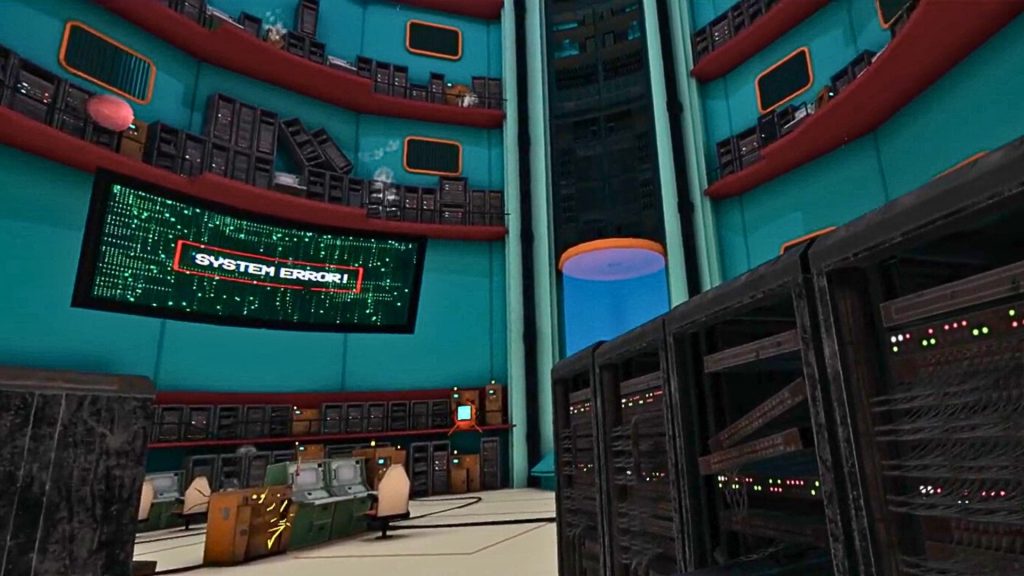
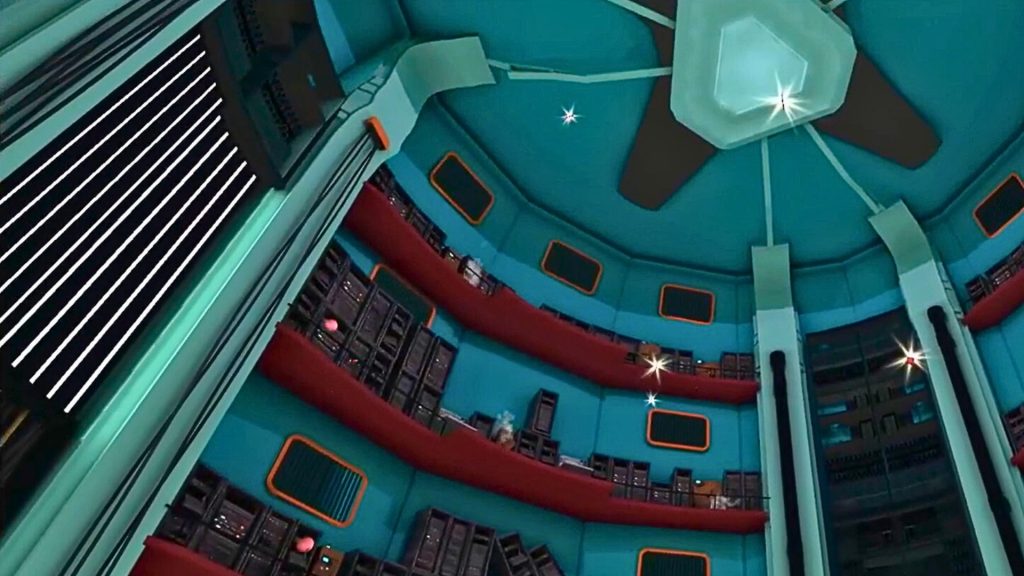
Caption: Identifying the broken servers and finding the missing discs floating in space was not always an easy task!
Social Dynamics
Players displayed a wide range of physical and vocal social dynamics during gameplay, from playful high-fives and waves aimed at the other player, to expressions of frustration such as “stop pressing random buttons.” These dynamics had a clear impact on the player’s performance and the likelihood of winning. Communication styles varied – some pairs were highly vocal and animated, constantly giving instructions and discussing the environment, while others primarily engaged through physical gestures.
Social structures also differed: some pairs worked collaboratively, sharing tasks and supporting each other, while others played more independently, collecting cards with media items on their own. Leadership roles emerged naturally, often taken by parents, older children, or players with more gaming experience, all in an effort to try and save the archive before oxygen in the space ship ran out.
The visually playful interaction between players shows the value beyond winning the game; players being together in VR, sharing an experience, making memories and having fun.
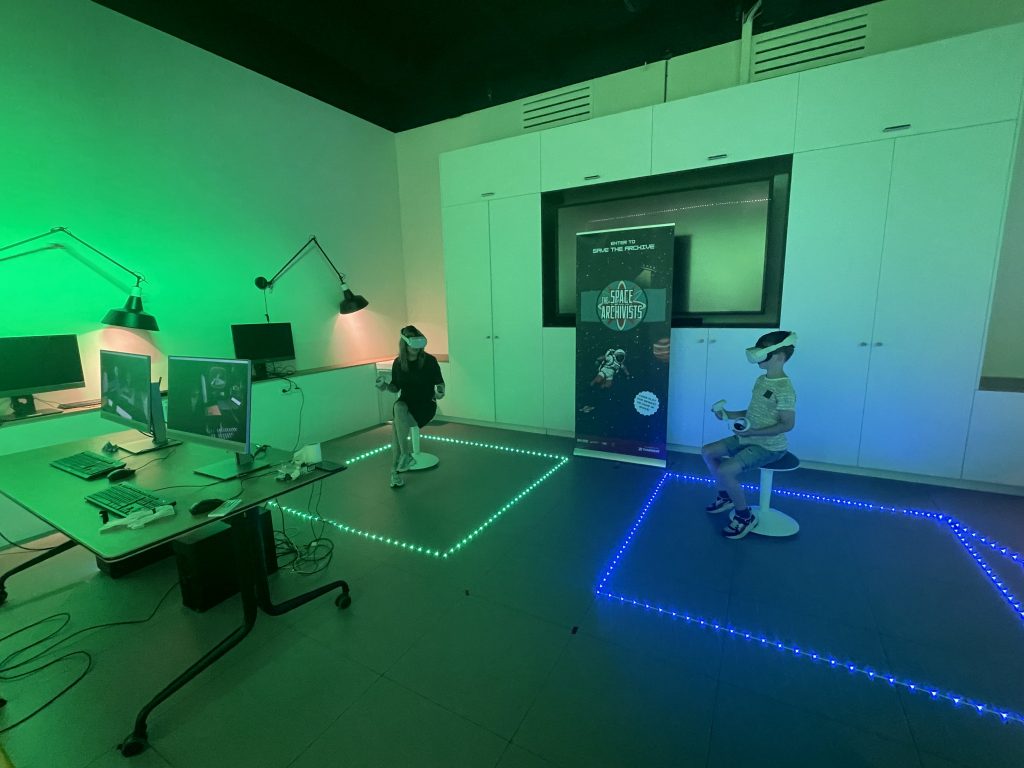
Caption: A child and parent playing the social VR game together during the tests.
Conclusion & Next Steps
Testing The Space Archivists revealed challenges and learnings of creating a Social VR experience for children. While our goal was to have children interact with cultural heritage, at the end of our journey, we found that social interaction was the primary value of the game. Participants enjoyed playing together, and we saw a range of fun and playful social dynamics, showing the value of moving away from traditional virtual museums, using XR to build a shared experience in a cultural heritage setting.
The tests allowed us to fix technical bugs and improve the usability of the game. During the summer, the game was featured at the Xperience Day 2025, and in the fall The Space Archivists will go on tour. The game will be part of the Medialab of the Cinekid Festival 2025 and will be part of the Media Museum of Sound & Vision later on.
Are you a curator working with cultural heritage and curious about the templateable aspect of the game? Make sure to follow our channels for more information on the curator tool and how you can feature The Space Archivists in your museum with your own collection!
Author: NISV Team

